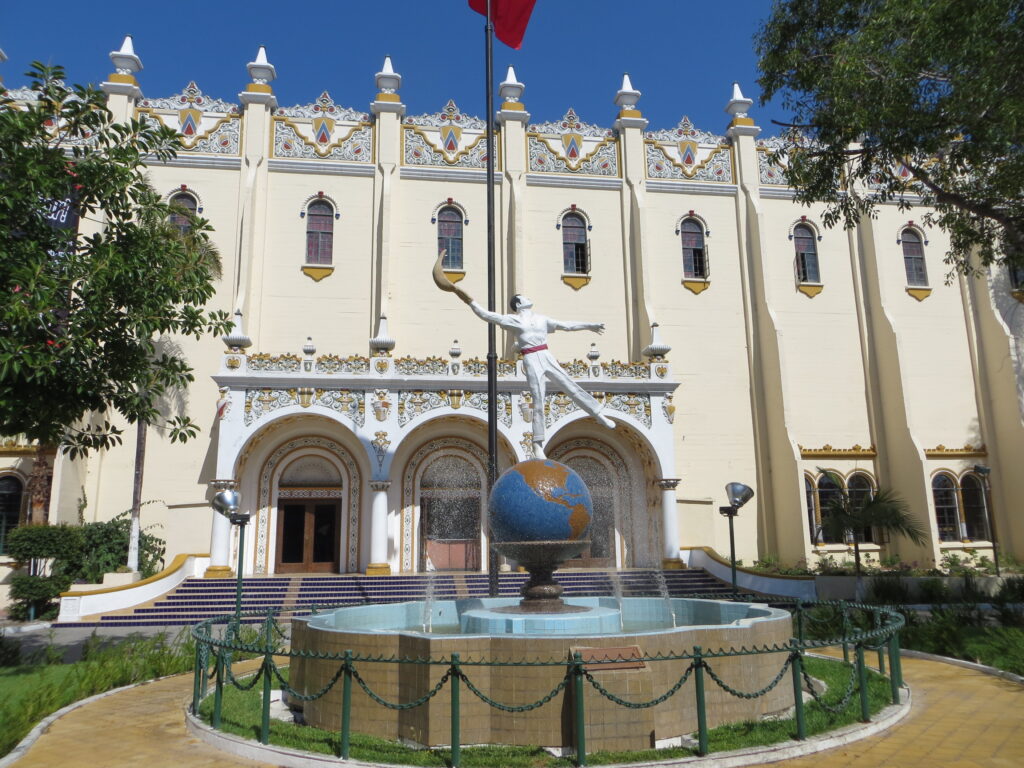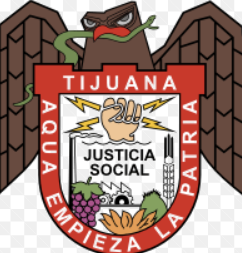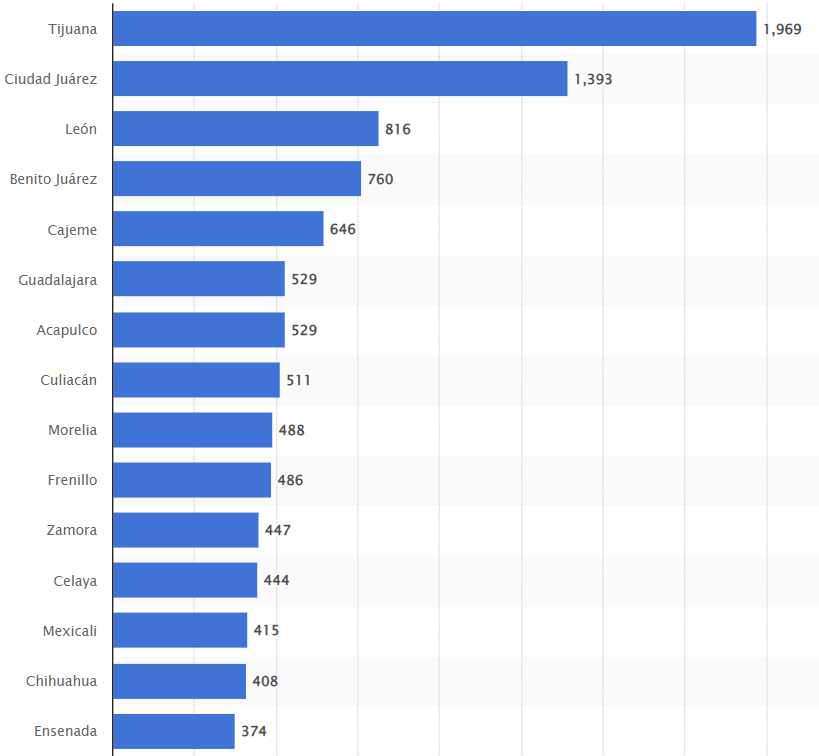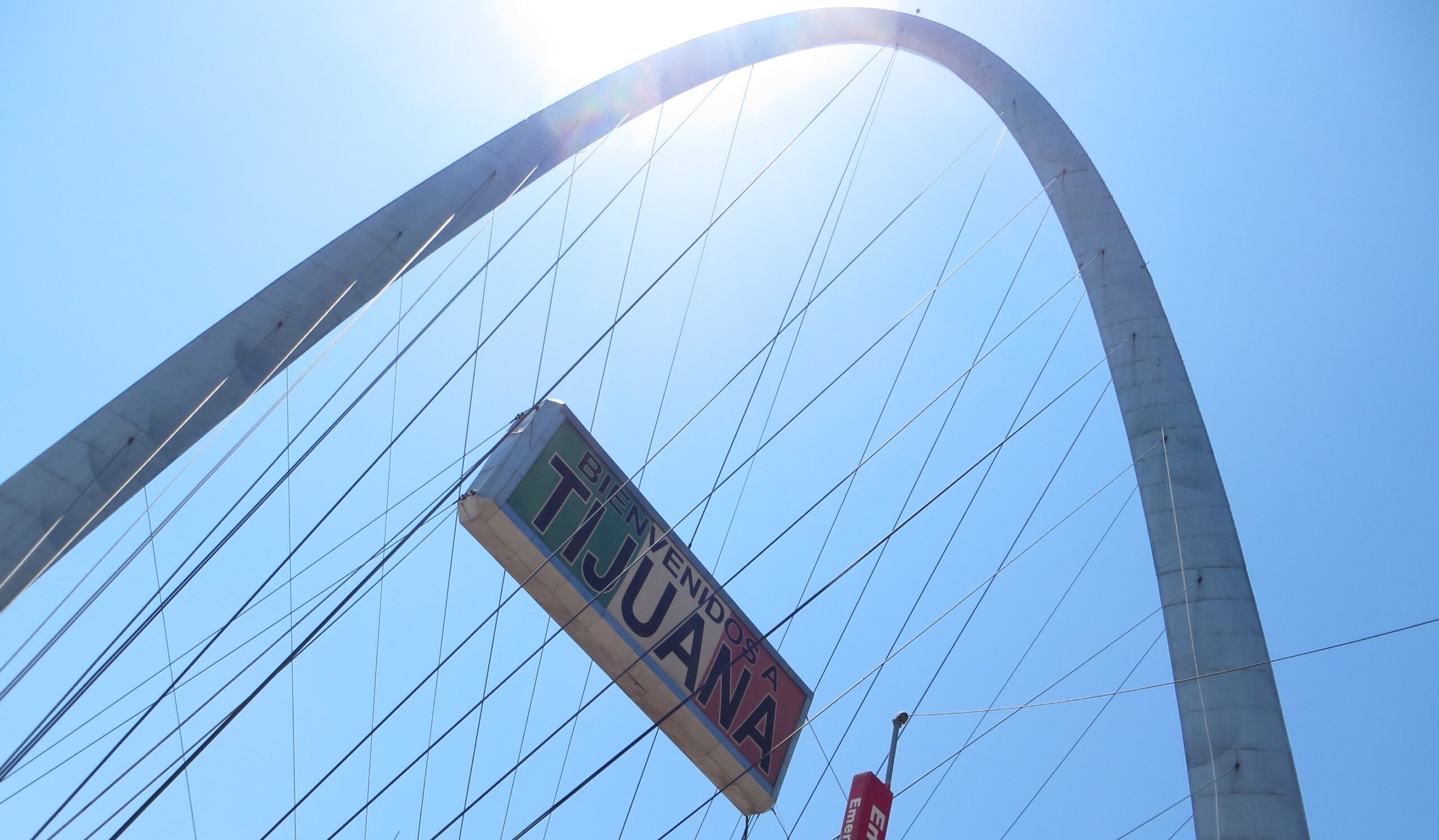With the surge of violence that we witness in Tijuana these days, I’ve decided to shed light to the less known history of the city. Unfortunately, criminal violence, the weak government structure, and entertainment history left deep scars not only in people’s lives, but irreversibly molded the image of the city. Between history and myths was born la leyenda negra or black legend, a story of a borderland town with permanently distorted portrait of its identity.
Historical background
The first land concessions in Baja California were granted to soldiers of San Diego presidio, later these estates transformed into ranchos. Tijuana as urban settlement has its origin in the land grant called Tia Juana to Santiago Argüello Moraga, San Diego’s Presidio paymaster.
The result of the Mexican-American war (1846-1848) which concluded with signing Guadalupe-Hidalgo treaty, was the concession of more than half of Mexican territory to ever expanding United States. With the loss of the Alta California, Tijuana suddenly found itself on the international border.
Until then Tijuana predominantly consisted of ranchos. The border shift drastically changed the evolution of settlement, acquiring border-town features. This fundamentally changed the course of economic and historical developments.


American influence
At the end of 1919 in the United States came to the climax what is known to be a temperance movement, when Congress approved an initiative suggested by senator Andrew Volstead. The implemented act prohibited the production, sale, and consumption of the alcohol. Volstead Act, or more commonly know Prohibition Law took effect in 1920 and had profound effect on economy and relationship between two sisters cities.
Now Americans in their search for enterteinment turn their sight to the neighboor on the south. The consequence of the law was American investments flowing into predominantly agricultural Tijuana. The influx of tourists, gamblers, and investors sparked population and economic growth. The increasing demand of wine, beer, and liquor initiated the establishment of vineries and breweries. Check out my article Mexican Tuscany or Russian wine makers in Baja California to learn more about vineries.
Tijuana in numbers
- Current population 1,300,983
- North America: 7th
- Mexico: 5th
Main industries:
Higher education
Manufacturing
Medical tourism

Increased numbers of entertainment venues, belligerent parties, flappers culminated in the birth of the Black Legend, which characterized systematic negative notions associated with Tijuana. Similar parallel can be drawn with organized crimes in notorious Chicago.
Tourism has become main economic driver in the city development. Avenida Revolucion, the Revolution avenue turned into a focal point for visitors. Curiosity store, hotels, cantinas, like mushrooms after rain, began appearing in the neighborhood. The influx of people encouraged Mexican government to establish Custom and Border Departments, new post office building, and other essential administrative structures. Tijuana even had a Curiosity store tailored to visitors.
Municipalities with the highest number of homicides in Mexico in 2021

Modern time
When number of tourists in search of frivolous activities decreased, the diversification in other economic sectors followed. Medical sector continued attracting tourists in the search of affordable services, like pharmacies, clinical consultations, dental care, ophthalmology to name the few.
More recent history of Tijuana was affected by criminal activities, which contributed to solidifying the Black Legend. Cartel turf wars, drug trafficking, and lack of government response caused homicide rate surge sharply in the last decade. The recent outbreak of violence puts ever growing pressure on authorities. Thousands of families demand justice.
Personally I don’t believe myths or legends, I trust what I see. I see a beautiful country with rich history, kind people, and delicious cousine. The admiring example of Medellin, Colombia show how bad stereotypes are busted by people’s kindness, empathy, and love.
Sources: my translation from History Museum Tijuana.

